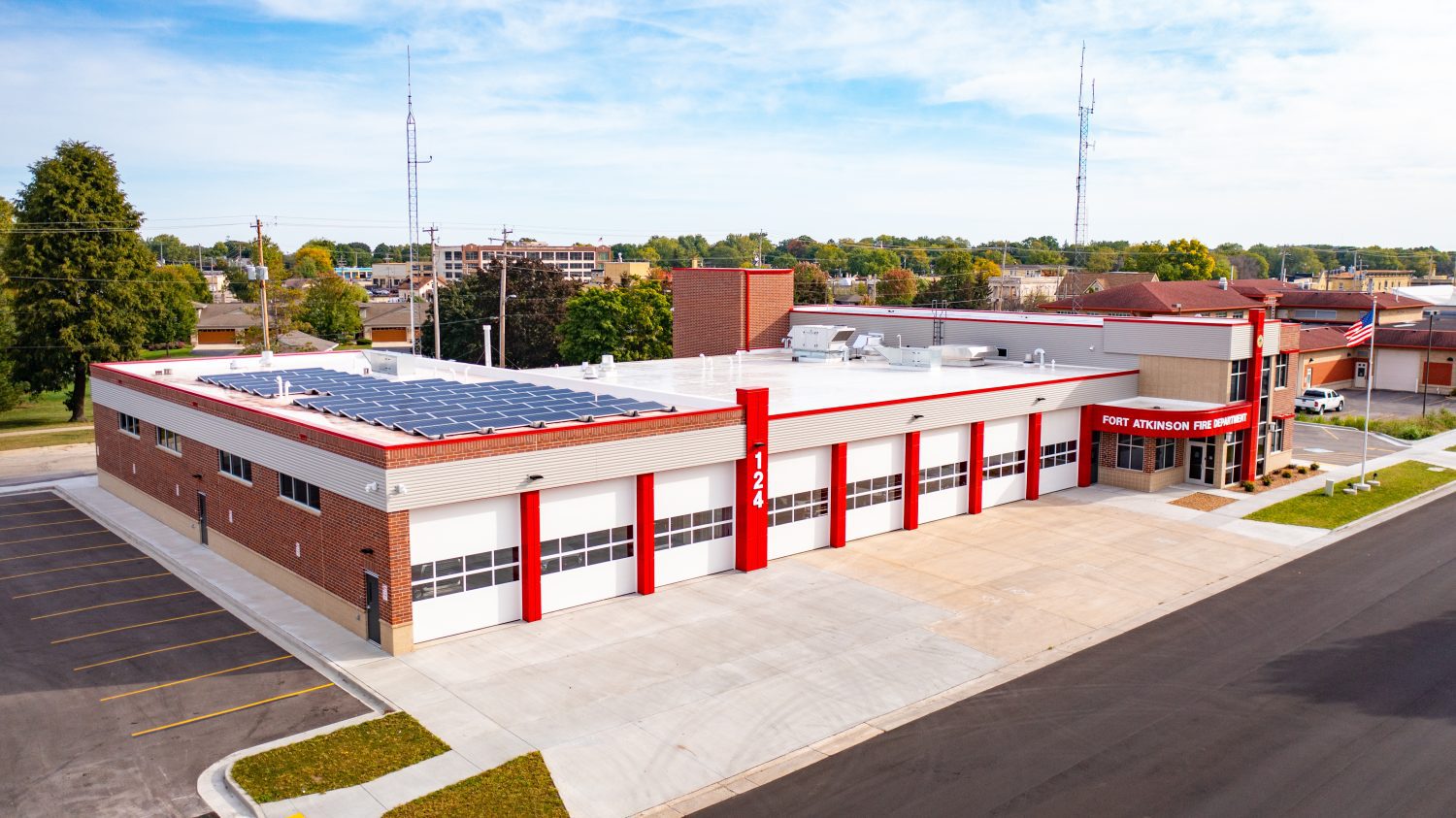
By Devin Flanigan
Construction Manager/Co-Owner at Keller Inc.
Fire station design has a rich and varied history that spans several centuries. From early bucket brigades to modern fire stations equipped with the latest technology, fire station design has evolved to meet the changing needs of firefighters and communities. The earliest fire stations were simple structures designed to house the necessary equipment for fighting fires, such as buckets, ladders, and handpumped water engines. These early fire stations were often staffed by volunteers and were located in the center of town to ensure quick response times. In the late 19th century, the introduction of motorized fire engines led to a significant shift in fire station design. Fire stations needed to be designed to accommodate larger and heavier vehicles, and the design of the fire station itself needed to be adapted to ensure that the fire engines could be quickly and efficiently dispatched to emergencies. In the early 20th century, the Art Deco and Beaux-Arts movements influenced fire station design, leading to the creation of fire stations that were not only functional but also beautiful. These fire stations were often adorned with ornate carvings, mosaics, and sculptures, reflecting the cultural and artistic trends of the time. During World War II, fire station design was influenced by the need to conserve resources and support the war effort. Many fire stations were designed to be easily converted into bomb shelters, and fire departments were encouraged to use materials that were readily available and affordable. In the postwar period, fire station design shifted to reflect the growing importance of safety and efficiency. Fire stations were designed to ensure that firefighters had quick and easy access to their equipment, and new technologies such as automatic doors and alarm systems were incorporated into fire station design to improve response times. In the late 20th century, fire station design began to incorporate more sustainable and environmentally friendly features. Fire stations were designed to incorporate solar panels, energy-efficient lighting, and other sustainable technologies to reduce operating costs and minimize the environmental impact of firefighting. Today, fire station design continues to evolve, with a focus on creating spaces that are not only functional but also adaptable, sustainable, and community-focused. Fire stations are being designed to accommodate multiple functions, from training exercises to community events, and new technologies are being incorporated into fire station design to improve safety, efficiency, and sustainability. Fire station design has a long and varied history that reflects the changing needs and priorities of firefighters and communities. From early bucket brigades to modern, multi-functional fire stations equipped with the latest technology, fire station design has evolved to meet the challenges of firefighting and emergency response. As new technologies and design trends emerge, fire station design will continue to evolve, ensuring that firefighters have the resources and support they need to protect their communities.
